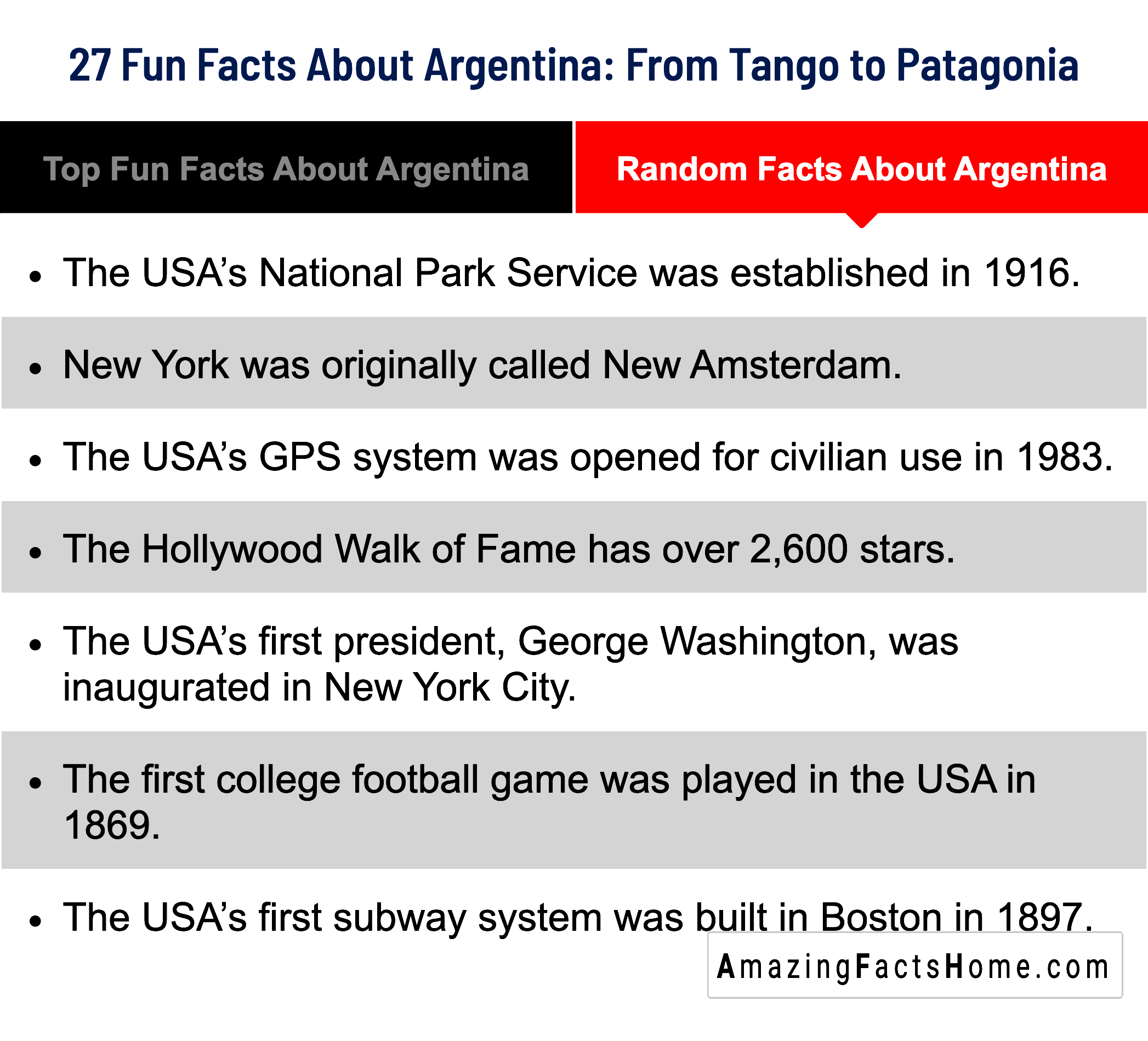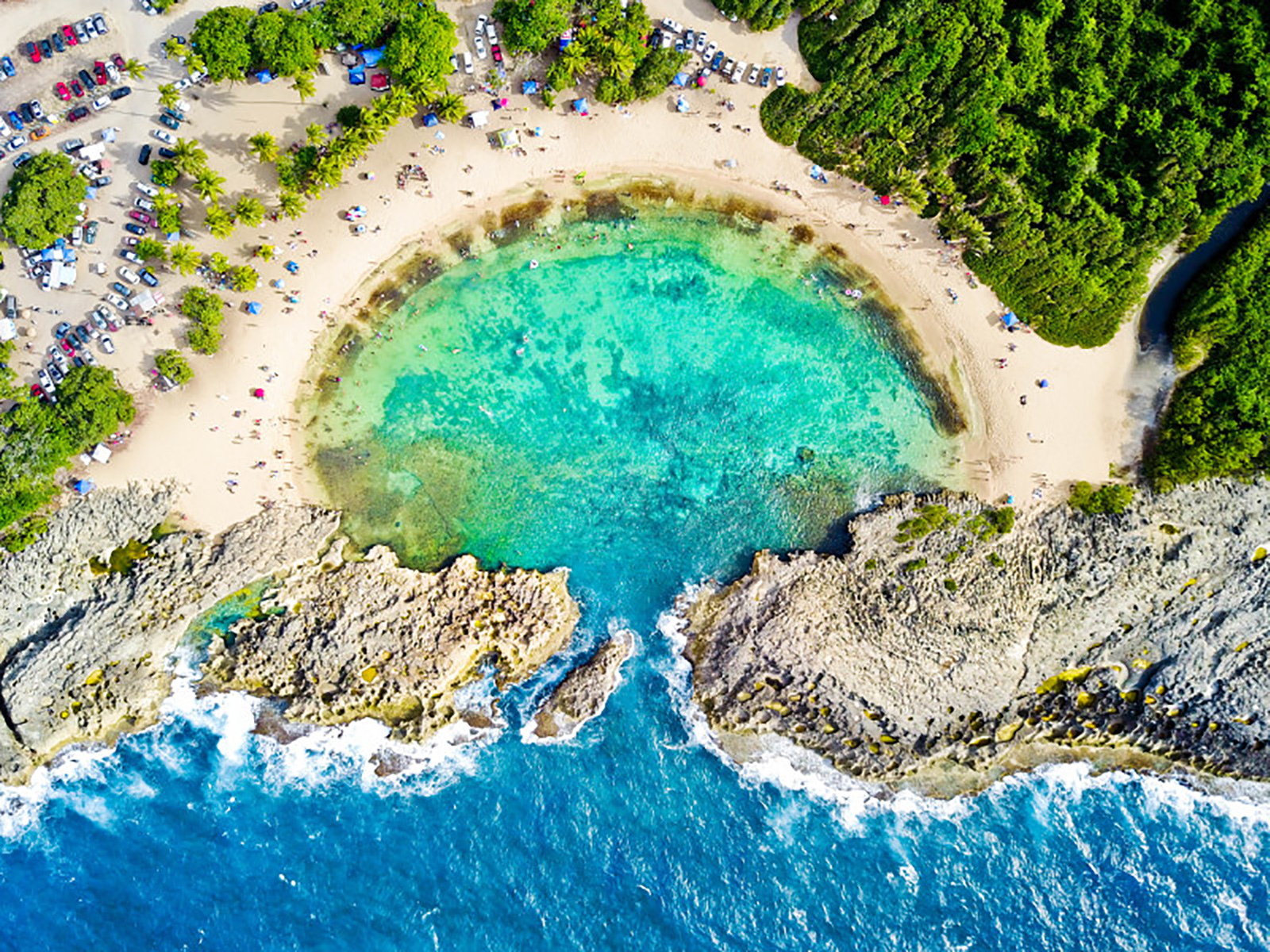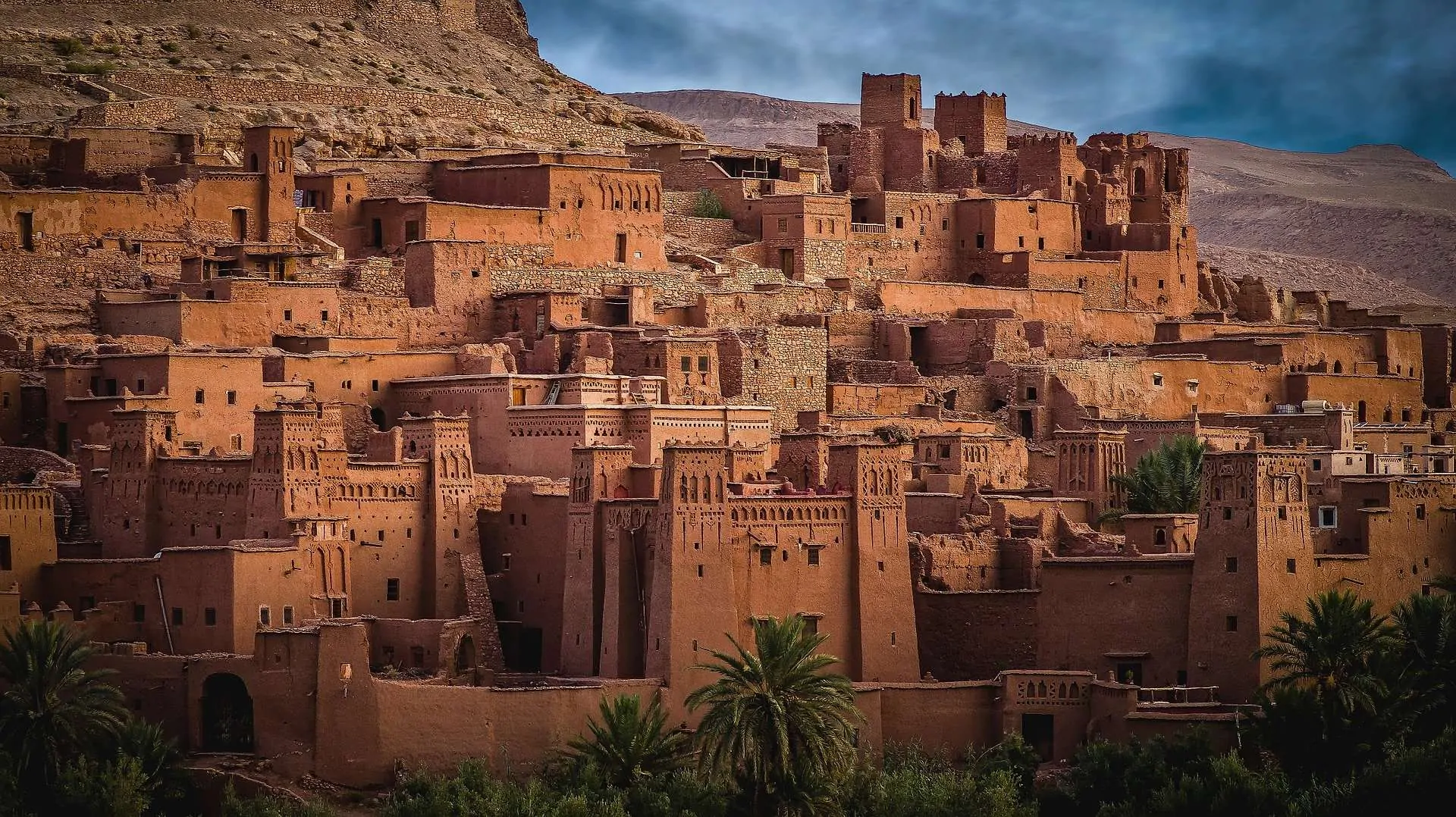Amazing Facts About Hawaii for Curious Explorers
Hawaii, an enchanting archipelago in the central Pacific Ocean, beckons adventurers and dreamers alike with its verdant landscapes, vibrant culture, and rich history. As you traverse these magical islands, you may discover extraordinary truths that will reshape your understanding of this tropical paradise. Here are some remarkable facts about Hawaii that will deepen your appreciation and curiosity.
1. A Chain of Islands
Comprising 137 islands, atolls, and islets, the eight main islands of Hawaii—Hawaii (often referred to as the Big Island), Maui, Oahu, Kauai, Molokai, Lanai, Niihau, and Kahoʻolawe—each presents a unique palette of ecosystems, terrains, and cultures. This geographic diversity provides an abundance of environments, from arid deserts to lush rainforests and volcanic landscapes, making each island a distinct exploration hub.
2. Volcanic Origins
Hawaii’s islands were birthed from the fiery molten rock of underwater volcanoes. The Big Island itself is home to Mauna Loa, the Earth’s most massive volcano, and Mauna Kea, which, when measured from its oceanic base, is the tallest mountain on the planet. This volcanic activity continues today; Kilauea, one of the world’s most active volcanoes, has been continuously erupting since 1983, shaping the island’s landscape and geology.
3. A Melting Pot of Cultures
The cultural tapestry of Hawaii is as intricate as its geography. With influences from Polynesian, Asian, and Western cultures interwoven into its fabric, Hawaii offers a vibrant blend of traditions, languages, and culinary delights. Local customs, such as the art of hula and the practice of ‘olelo Hawaii (the Hawaiian language), echo through the generations, reflecting a profound respect for their ancestry.
4. Unique Flora and Fauna
Boasting more than 1,000 native plant species, Hawaii claims a verdant garden of biodiversity. The state’s isolation has birthed many species that exist nowhere else on Earth, such as the endangered Hawaiian goose, or nene, and the strikingly beautiful and rare Hawaiian silversword plant. This singular ecosystem underscores the importance of conservation efforts to protect native habitats.
5. The Waimea Canyon
Often dubbed the “Grand Canyon of the Pacific,” Waimea Canyon on Kauai stretches over 10 miles long and 3,000 feet deep. Its dramatic vistas unveil a landscape of scarlet earth, rich greens, and cascading waterfalls. Visitors can hike the trails that meander through the canyon, where every turn reveals breathtaking views, fostering a deeper connection with nature’s artistry.
6. The Aloha Spirit
The ‘Aloha Spirit’ is not simply a cheerful greeting; it represents a cultural ethos that emphasizes love, compassion, and mutual respect. This philosophy permeates daily life in Hawaii, where kindness and hospitality are paramount. The warm reception of locals invites visitors to immerse themselves in the community, fostering a sense of belonging and understanding.
7. A Surfing Paradise
Regarded as the birthplace of modern surfing, Hawaii’s waves have tantalized surfers for centuries. Stand-up paddleboarding and traditional longboarding originate from ancient Hawaiian practices. Notably, the North Shore of Oahu is famed for its towering winter waves and hosts prestigious competitions, including the Vans Triple Crown of Surfing, drawing elite surfers and spectators from around the globe.
8. Biodiverse Marine Life
Hawaii’s surrounding waters are teeming with an astonishing variety of marine life, including over 600 species of fish, sea turtles, and even the majestic humpback whale. Snorkeling and diving in places like Hanauma Bay and Molokini Crater allow explorers to engage with this underwater wonderland, showcasing the islands’ commitment to marine conservation through designated protected areas.
9. The Monarch of the Night Sky: The Hawaiian Night Sky
Hawaii boasts some of the clearest skies in the world, making it a prime location for stargazing. Mauna Kea, in particular, is home to numerous astronomical observatories and provides breathtaking views of celestial wonders. The combination of minimal light pollution and high elevation creates an unparalleled canvas for the stars, allowing curious minds to explore the universe beyond our own.
10. Rich History of the Hawaiian Monarchy
The Hawaiian Islands have a rich monarchical history, with King Kamehameha I unifying the islands in 1810. The formerly reigning monarchy, their vibrant palaces, and the artifacts from this royal heritage offer insights into the islands’ tumultuous and proud past. Visiting sites like Iolani Palace and the Bishop Museum allows for a deeper understanding of Hawaii’s royal lineage and cultural evolution.
11. The Significance of the ‘Ukulele
The ‘ukulele, a small stringed instrument that originated from Portugal, has become an iconic symbol of Hawaiian culture. Despite its foreign roots, the instrument is embraced as a fundamental piece of Hawaii’s musical identity. The joyful melodies strummed on this instrument encapsulate the essence of Aloha, bringing people together through shared song and celebration.
12. An Unforgettable Culinary Landscape
Hawaiian cuisine is a delicious amalgamation of flavors influenced by its diverse cultures. From traditional Hawaiian poke bowls to Asian-inspired loco moco and plate lunches, food lovers can indulge in a culinary journey that mirrors the islands’ rich heritage. Don’t miss the chance to try a refreshing shave ice, a local favorite that cools down the warmth of the tropics.
For curious explorers, Hawaii is a realm of incredible discoveries and stories waiting to be unfolded. Whether you’re captivated by its geological wonders, vibrant traditions, or breathtaking views, these islands promise an enriching journey that will linger in your memory long after you depart. Embrace the spirit of exploration; Hawaii’s allure is perpetual, offering new experiences with every visit.







